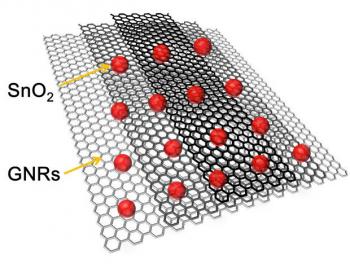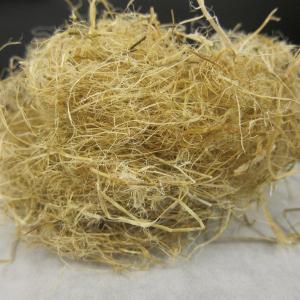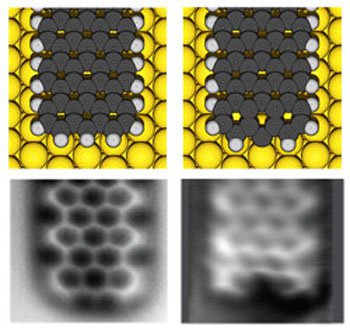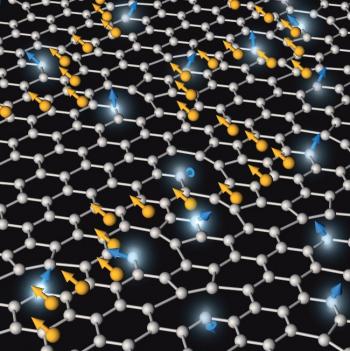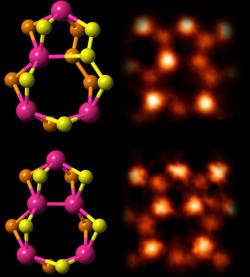Graphene based Gigahertz ring oscillators developed, to enable graphene analog electronics
Researchers from the Politecnico di Milano and the University of Illinois developed a Gigahertz graphene ring oscillator (1.28 GHz). They say that this oscillator appears to be less sensitive to fluctuations in the supply voltage compared to both conventional silicon CMOS and oscillators made from CNTs. And the best carbon nanotube ring oscillator made to date operates at just 50 MHz.
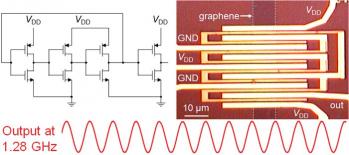
The researchers say that graphene based amplifiers and mixers have already been demonstrated, and now their graphene based oscillators marks the final major analog electronics building block enabled by graphene.


